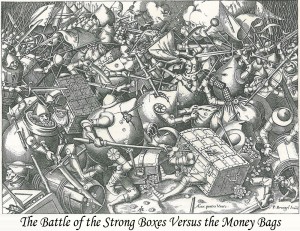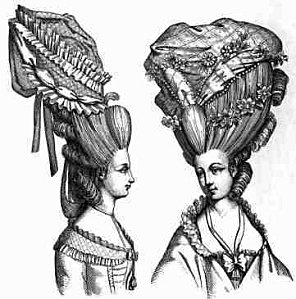Worldly Goods
The book ‘Worldly Goods’ by historian of early modern Europe Lisa Jardine is an incredibly absorbing piece of work. I would recommend it to anyone who has not already read it, for some historical perspective but also critical reading!
It is essentially Jardine’s unique interpretation of the Renaissance period through works of art, stretching from the fringes of Christiandom to the Islamic Ottoman Empire, where she argues that this artistic pursuit was inherently linked to contemporary consumerism, material acquisition, commercial practice, patronage, trading relations, creation of wealth and the ‘entrepreneurial spirit.’
She opines that ‘consumer choices emerges in this period with remarkable vigour’ and so Renaissance art may be seen as part of a new cultural world where the craze of/for objects and ‘the celebration of belongings’ collectively formed ‘the triumph of worldly goods.’
Kalyani
– – – –
That sounds like a great suggestion. It also brought to mind the classic ‘Embarassment of the Riches‘ by Simon Schama. I especially like chapter 5 about the tension between excess and thrift in 17th century Holland which links with our discussion about Weber next week.
Another historical work I can recommend is ‘The Fall of Public Man‘ by Richard Sennett. The sections about the disappearance of public roles and the changing understanding of public and private spaces – especially his discussion about coffee houses – are enlightening!








